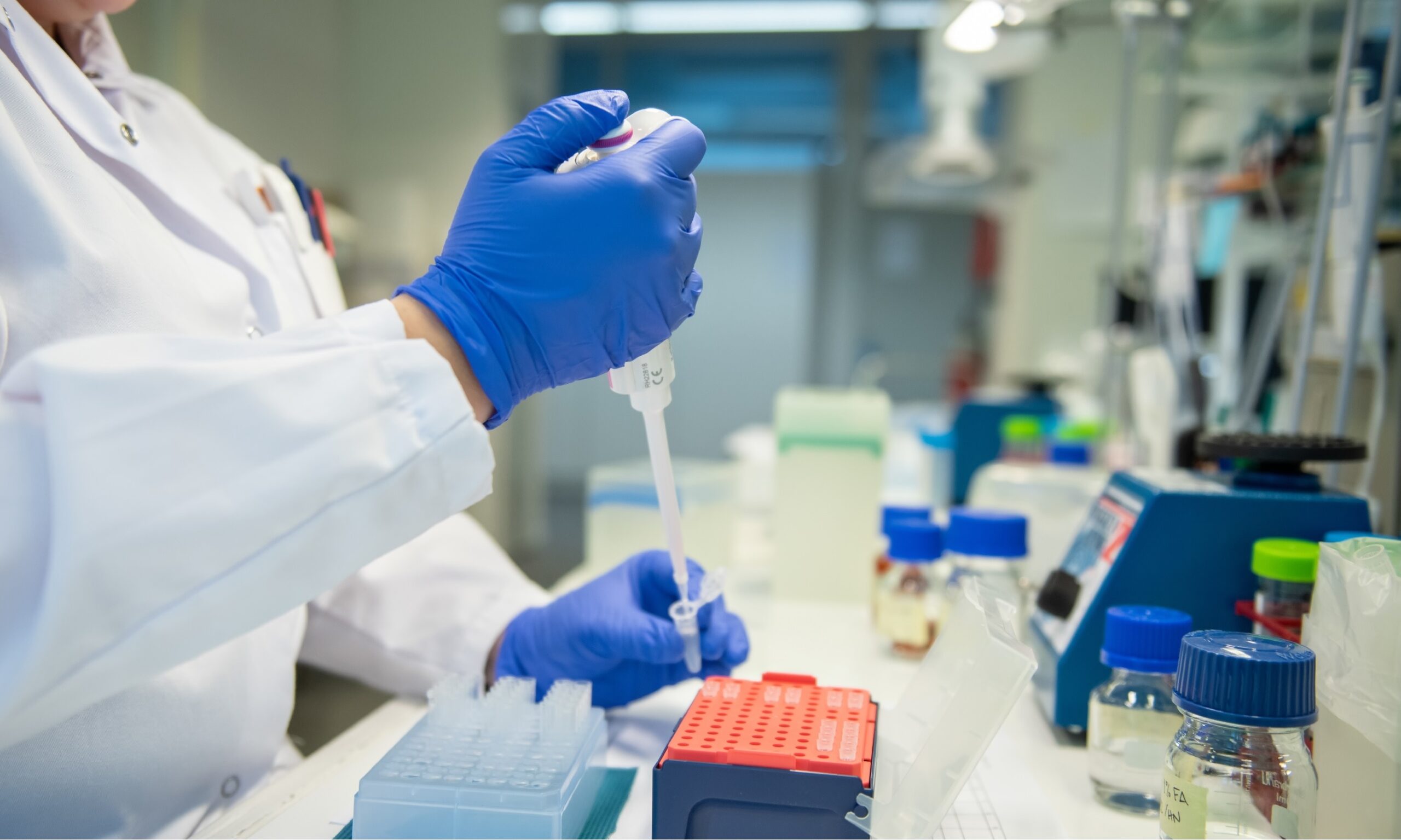Drug discovery and development is a complex and iterative process that involves target identification, drug design, development, testing, and eventually market approval of new pharmaceutical drugs prior to use in patients. It encompasses a series of scientific, regulatory, and commercial activities aimed at discovering and bringing safe and effective medicines to market. A key milestone in this process is candidate selection when a decision is taken to invest in a single molecule and transition the program from discovery into development. This transition prompts several activities to facilitate drug development, one of which is a drug developability assessment.
What is a drug developability assessment?
A drug developability assessment is a comprehensive evaluation of the potential of a drug candidate to be developed into a safe, effective, and marketable medication. The assessment typically involves an analysis of various factors, including the drug’s chemical and physical properties, pharmacokinetics, pharmacodynamics, toxicity, and manufacturability.
Why conduct a drug developability assessment?
Completing a drug developability assessment is an essential step in the drug development process that helps to identify and mitigate potential risks and challenges associated with the development of a new drug candidate:
- To determine whether a drug candidate is suitable for further development: The drug developability assessment helps to determine whether a drug candidate has the necessary properties and characteristics to move forward into the next phase of drug development
- To identify and address potential issues: a drug developability assessment can identify potential issues with a drug candidate, such as poor pharmacokinetics, low solubility, or toxicity, and enable researchers to address them early in the drug development process.
- To optimize drug efficacy and safety: By assessing the developability of a drug candidate, researchers can optimize its efficacy and safety profile, leading to better patient outcomes.
- To reduce drug development costs and timelines: a drug developability assessment can help to identify potential issues that could delay the drug development process, leading to cost overruns and missed deadlines. By addressing these issues early, drug development costs and timelines can be optimized.
- The data generated in the developability assessment e.g., solubility, compound characterization, etc. is necessary for a successful IND or IMPD filing.
When should you complete a developability assessment?
Drug developability assessments are typically performed early in the drug development process, often during and immediately after the candidate selection stage. They are conducted by multidisciplinary teams of experts, including medicinal chemists, pharmacologists, toxicologists, synthetic chemists, materials and formulation scientists, and regulatory experts.
Overall, a drug developability assessment is critical for the successful development of new drugs and can help biotech and pharmaceutical companies to make informed decisions about which drug candidates to advance and which to terminate as early as possible saving time and money.
What is considered for a drug developability assessment?
A drug developability assessment involves the evaluation of various components related to a drug candidate’s ability to be developed into a safe, effective, and marketable medication. The specific components of a drug developability assessment can vary depending on the drug candidate and the stage of drug development. However, some common components of a drug developability assessment include:
- Chemical and physical properties: Assessment of the drug candidate’s chemical and physical properties, such as solubility, stability, and permeability, is essential to determine the feasibility of its development.
- Pharmacokinetics: Assessment of the drug candidate’s pharmacokinetic properties, such as absorption, distribution, metabolism, and excretion, is necessary to determine its efficacy and safety profile.
- Pharmacodynamics: Assessment of the drug candidate’s pharmacodynamic properties, such as potency, efficacy, and selectivity, is necessary to determine its potential therapeutic value.
- Chemistry: Synthetic route assessment for scale-up including sourcing of key raw materials.
- Formulation: Assessment of the drug candidate’s formulation characteristics, such as drug-excipient compatibility, ease of manufacture, and stability, is essential to ensure that the drug can be manufactured consistently and efficiently.
- Regulatory considerations: Assessment of regulatory requirements and guidelines for drug development is necessary to ensure that the drug can be developed in compliance with applicable laws and regulations.
The developability assessment is composed of data and information from several technical disciplines including chemistry, materials science, formulation, ADME and toxicology groups. Whilst Admescope has long been a trusted partner for ADME-Tox studies, we are now able to offer developability assessments in conjunction with Exemplify BioPharma. Exemplify BioPharma joined Admescope as part of the Symeres family in 2022. Exemplify is a US-based Partnership Research Organization (PRO) that offers end-to-end CMC deliverable and integrated project management through Process chemistry, Analytical Chemistry, and Formulation Development Laboratory, CMC regulatory chapters (IND, IMPD, NDA, MAA), QA oversight and more.
Would you like to learn more? Contact us for a complimentary copy of a helpful candidate selection and IND/IMPD enabling compound developability assessment checklist with useful compound requirements and expected turnaround times.
Written by Leah Haydock

